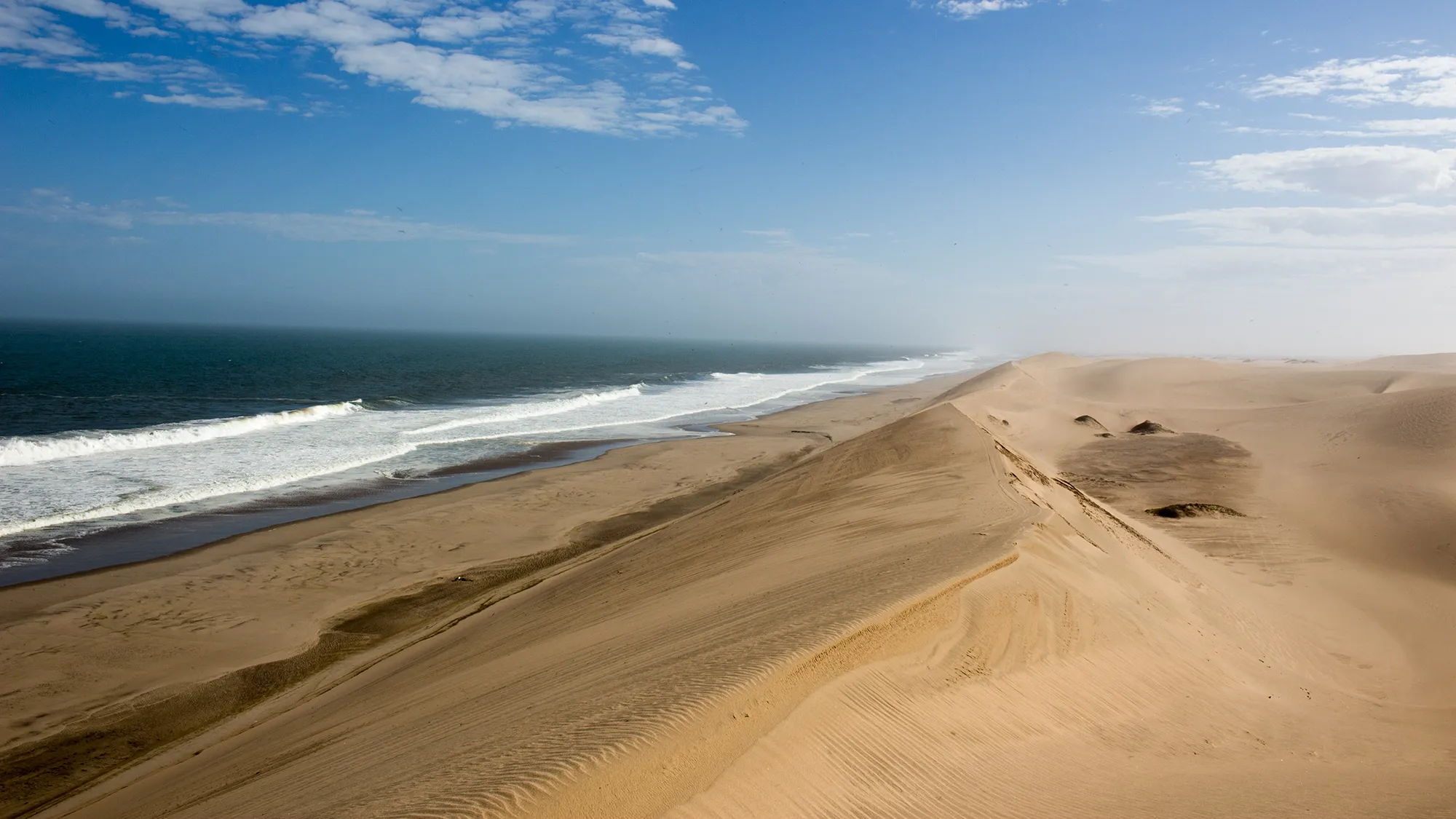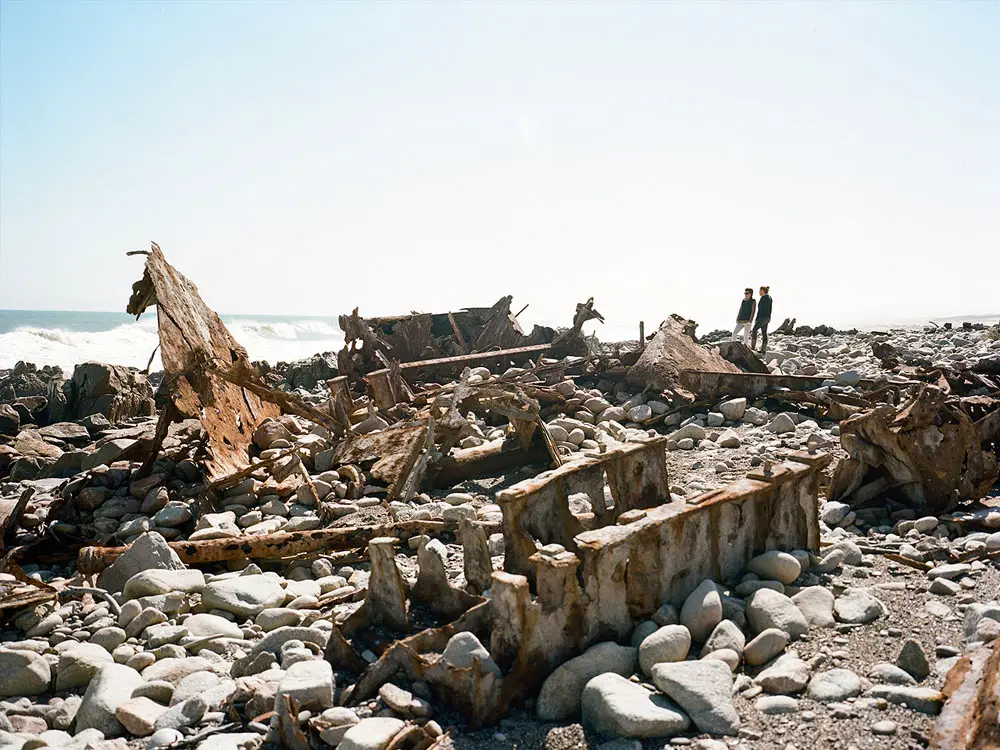Planning Your Trip to Namibia
- Gus

- Aug 6, 2024
- 6 min read

Best Time to Visit Namibia
The best time to visit Namibia is during the southern hemisphere’s winter, which coincides with the northern hemisphere’s summer. This period, from May to October, is ideal for Namibia safari tours because the vegetation is thinner and drier, making it easier to spot wildlife. During these months, animals congregate around water sources, providing excellent game viewing opportunities.
The weather is also more comfortable, with cooler temperatures and less chance of rain disrupting your plans. Whether you’re exploring the vibrant capital of Windhoek or embarking on an adventurous journey through Etosha National Park, visiting during this season ensures a more enjoyable and rewarding safari experience.
Budgeting for Your Trip: Accommodation, Food, and Activities
When planning your Namibia adventure, understanding the Namibia safari cost is crucial to budgeting effectively. The cost can vary significantly depending on the time of year, type of accommodation, and chosen activities. Namibia offers a range of accommodation options, from budget-friendly camps to luxurious lodges, each providing a unique experience. Staying in camp sites can be more economical, allowing you to allocate more of your budget to activities such as game drives and guided tours. On the other hand, lodges offer more comfort and amenities but come at a higher price.
Transport options are key to your budget, self driving safaris in Namibia are very do-able and more cost effective. Guided road safaris will increase this and flying into all your destinations with transfers and drives at each destination run at a much higher cost.
Food costs also vary, with dining options ranging from affordable local eateries to high-end restaurants within the lodges. Activities like wildlife safaris, sandboarding, and cultural tours can add to your expenses, so it’s important to plan accordingly. Consulting with a safari expert is recommended to get a detailed understanding of potential costs and to create a tailor-made itinerary that fits your budget. By carefully planning and budgeting, you can enjoy all that Namibia has to offer without breaking the bank.
Destinations in Namibia
Etosha National Park: The Best Time to Visit and What to Expect
Etosha National Park, one of Africa's largest wildlife reserves, is a must-visit for any safari enthusiast. The best time to visit is during the dry season, from May to October, when animals congregate around waterholes, making wildlife viewing easier. Home to at least 114 mammal species and 340 bird species, Etosha offers a rich diversity of fauna. Visitors can expect to see four of the Big 5. The floodlit Okaukuejo waterhole is particularly famous, providing a unique opportunity to observe large numbers of animals, including big cats, coming to drink at night. Whether you're a seasoned traveler or a first-time visitor to Africa, Etosha promises an unforgettable wildlife experience.
Skeleton Coast National Park
The Skeleton Coast National Park in Namibia is a stunning and remote destination, renowned for its dramatic landscapes and eerie beauty.
The park lies on the Atlantic coast, where the arid Namib Desert meets the icy waters of the ocean. This contrast creates a striking and otherworldly landscape, with fog shrouded shores. The coast is littered with shipwrecks, remnants of vessels that have met their fate along these treacherous shores. These wrecks, covered in fog, add a haunting charm to the area.
The park features vast sand dunes, some of the highest in the world, and extensive gravel plains that contribute to its desolate beauty. You might spot desert-adapted elephants, oryx, springbok, and the elusive black rhino and brown hyena. The waters off the coast are home to seals, and sometimes you might see dolphins or even whales, especially during the winter months. The days can be very hot and the nights cold, so pack accordingly. The winter months do make the day time temperatures more manageable.
Sossusvlei and Deadvlei: The Best Time to Visit and What to Expect
Sossusvlei, located in the Namib Desert of southern Africa, is a surreal landscape known for its towering red sand dunes. The best time to visit is during the cooler months from May to September, when the temperatures are more manageable for exploring the area. Among the most famous dunes is Dune 45, a favorite among travelers for its accessibility and breathtaking views, especially at sunrise and sunset. Adjacent to Sossusvlei is Deadvlei, a white clay pan dotted with ancient, dead camelthorn trees, creating a striking contrast against the orange sand. This area is a photographer’s dream, offering unique dune formations and stunning vistas that capture the essence of Namibia's dramatic desert beauty.
Other Must-Visit Destinations in Namibia
Namib Desert
The Namib Desert, one of Africa's oldest and most iconic deserts, stretches over 2,000 kilometers from the South African to the Angolan borders. This vast and arid expanse is home to unique wildlife adapted to its harsh conditions, including desert elephants, brown hyenas and the endangered black rhinos. Visitors to the Namib Desert can witness these incredible wildlife thriving in one of Earth's most ancient landscapes. The desert's sweeping dunes, some of the highest in the world, create a mesmerizing backdrop for adventure and exploration. As you traverse this magnificent desert, you'll experience the raw beauty and timelessness that make the Namib one of Africa's most compelling natural wonders.
NamibRand Nature Reserve
NamibRand Nature Reserve, located in south western Namibia, is a sanctuary for nature enthusiasts and stargazers alike. This reserve offers stunning views of the surrounding landscape, characterized by vast plains, majestic mountains, and vibrant red dunes. A guided tour through NamibRand reveals the area's rich biodiversity and pristine beauty. As night falls, the reserve transforms into one of the best places in the world to star gaze. The clear, unpolluted skies provide a breathtaking view of the Milky Way and countless other celestial wonders. NamibRand Nature Reserve is a must for those seeking to immerse themselves in Namibia's natural splendor both day and night.

Planning Your Trip to Namibia - Tips and Travel Guide for Namibia Safaris
Essential Packing List for Your Namibia Safari
When preparing for your safari in Namibia, it's essential to pack lightly and avoid oversized bags and wheeled luggage. The country’s rugged terrain and remote safari destinations can make maneuvering heavy luggage challenging. Opt for soft-sided duffel bags that are easy to stow in safari vehicles and small planes. Ensure you bring all necessary documents, including a valid passport and any required tourist visas. It's wise to keep copies of these documents in a separate location as a backup. (backed up on your phone or the cloud)
Before planning your trip to Namibia, discuss your journey with your physician and obtain any required vaccinations. Malaria prophylaxis is often recommended for certain regions of Namibia, so check with your doctor about this. Additionally, bring a well-stocked first aid kit, including any prescription medications, insect repellent, sunscreen, and basic medical supplies. Remember, medical facilities may be limited outside of larger cities.
Clothing should be practical and suitable for the varying climates you’ll encounter on your tours. Lightweight, breathable fabrics are ideal for daytime, while warmer layers are necessary for cooler mornings and evenings. Neutral colors are best for blending into the natural surroundings and not startling wildlife. Don’t forget essentials like a wide-brimmed hat, sunglasses, and sturdy walking shoes. Finally, pack binoculars, a good camera, and plenty of memory cards to capture the incredible sights of Namibia's wilderness.
Health and Safety Precautions
When traveling in Namibia, health and safety should be a top priority. Internet access is limited, especially in isolated areas, so it's important to prepare accordingly. While you can purchase a local SIM chip for your phone at the airport upon arrival, be aware that it might not serve you well in remote regions. Download any necessary maps, guides, and emergency contacts before you leave larger cities. (self drive safari)
Most lodges or accommodation will have suitable WiFi or internet access to stay in touch.
Make sure you are vaccinated and have the correct medication for your trip. Consult with your healthcare provider about recommended vaccines and medications for travelers to Namibia. This may include malaria prophylaxis, as well as vaccinations for hepatitis A, typhoid, and other diseases. By taking these precautions, you can help ensure a safe and healthy journey as you explore Namibia’s stunning landscapes.
Responsible Tourism in Namibia
Practicing responsible tourism is essential when visiting Namibia’s safari destinations. One of the most iconic and fragile areas is the Skeleton Coast, where the preservation of the natural environment is paramount. To minimize your impact, follow all guidelines set by local authorities and tour operators.
Consider working with a travel consultant to handle the logistics of your trip. A knowledgeable consultant can help you plan an itinerary that supports sustainable tourism and ensures you learn more about Namibia and its natural wonders. By making informed choices, you can contribute to the conservation of this beautiful country while enjoying an unforgettable safari experience.












Comments